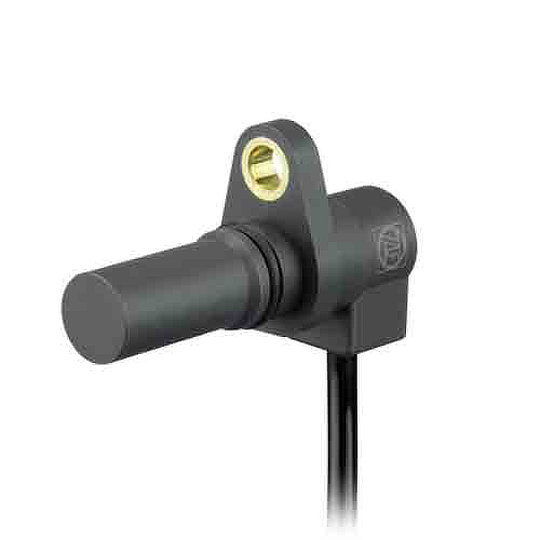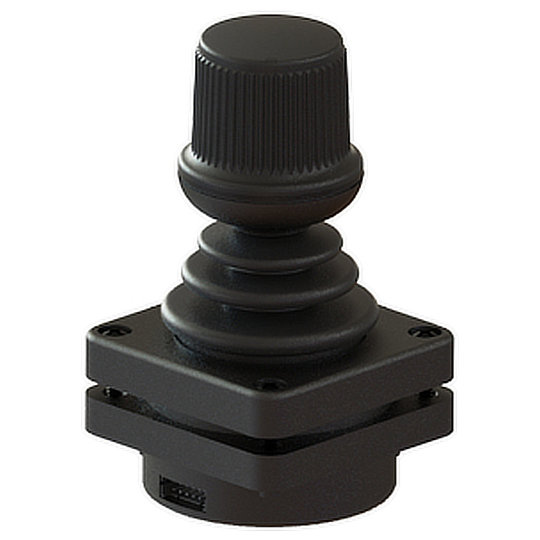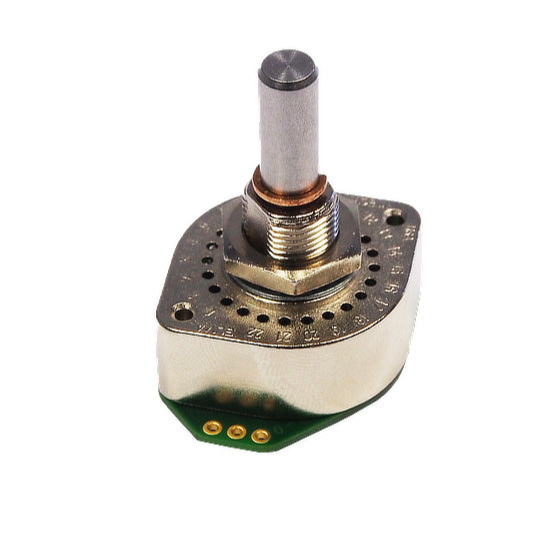Hall Effect Sensors
A Hall Effect sensor is a device to measure the magnitude of a magnetic field. Its output voltage is directly proportional to the magnetic field strength through it. Hall Effect sensors are used for proximity sensing, positioning, speed detection, and current sensing applications. Other sensors include the Inductive sensor which is a non-contact electronic proximity sensor. It is used for positioning and detection of metal objects.
Live Electronics work with ZF Electronics who manufacture Hall Effect sensor such as the SD74/SD84/SDB4 series of Gear-tooth speed and direction sensors that are designed with two internal hall effect cells, together they can be used to detect both the speed and direction of movement of a gear. By using two Hall Effect magnetic field cells placed near to the gear-teeth of the gear that is to be measured, the movement of the gear tooth passing the magnets disrupts the magnetic field. This disruption is picked up by the sensor and the output signal can be used to calculate the gear’s speed and direction of movement. The SD74/SD84/SDB4 series has several benefits which include being IP67 rated, immune to vibration, shock, and dirt for improved functional safety. The ideal applications are Automation Systems, Conveyors and Wind Turbines.




